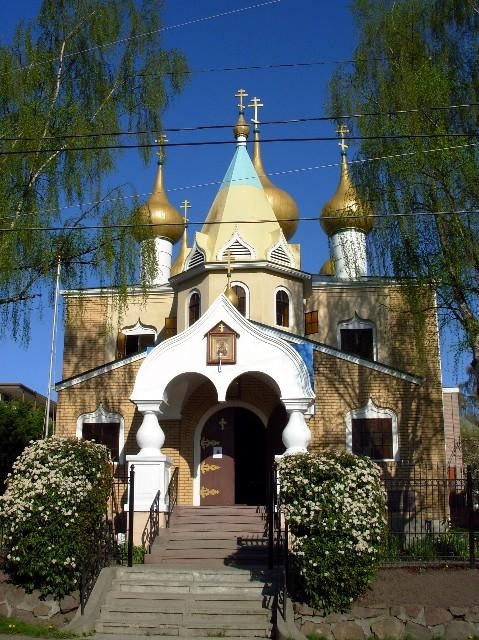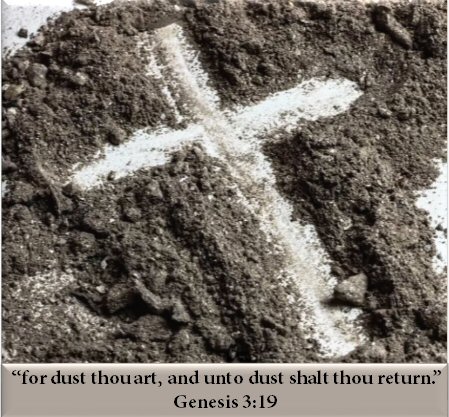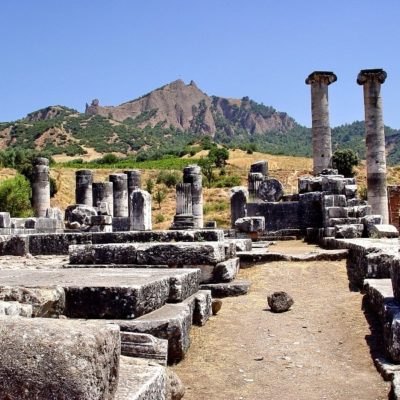Armenian Apostolic Church Catholicossate of Cilicia:

Introduction
The Armenian Apostolic Church /Catholicossate of Cilicia originate back to the apostolic age in Armenia in the early 2nd century. It was St. Gregory the Illuminator who is credited as being the organizer of the Armenian Church. The head of the Armenian Church are called Catholicos. The headquarters of the Armenian Apostolic Church /Catholicossate of Cilicia is located on the seashore of Antelias which is in Beirut, Lebanon.
Throughout history, The Armenian Catholicossate of Cilicia has had a challenging history of persecution and even genocide in 1915. It was the Catholicossate that brought the Armenian Cause to the attention of the whole world. It has taken a major role for the struggle of independence of the Arab countries especially Lebanon, Syrian, and the Palestinian Cause. The Catholicossate has directed their efforts to create and strengthen the common life among the religions, cultures, civilizations and societies of the Middle East.
The Armenian Apostolic church was organized in America in 1858. The Armenian Apostolic Church /Catholicossate of Cilicia became a member of the World Council of Churches in 1962. In 1962, the Catholicossate became a full member of then and sent observers to the Vatican Council II.
The Catholicos (head of Church) receives special anointing. Catholicos in the Armenian Church have two major rights belonging to them alone which are the consecration of bishops and the blessing of the Holy Chrism. The Armenian Church Catholicossate of Cilicia and The Armenian Church Catholicossate of Etchmiadzin each have their own Catholicos, and both have equal rights in all things of the Church.
In June 1995, the Archbishop Aram Keshishian, the Primate of the Armenian Apostolic Church in Lebanon was elected Catholicosm to Catholicossate of Cilicia. He was elected by the Electoral Assembly which is composed of 185 delegates. It is required that 2/3 of the Electoral Assembly be made up of lay people and 1/3 of clergymen, according to the by-laws of the Cilician Catholicossate representing the dioceses of the Catholicossate.
History
The early source of the Armenian Church can be traced back to Armenia in the 2nd century. It is believed St. Thaddeus and St. Bartholomew were two disciples of Jesus Christ who preached in Armenia. Christianity in Armenia was under religious persecution and therefore, Christians were forced into hiding.
St Gregory, the Illuminator, became the patron saint of the Armenian Church; therefore, he is credited as being the organizer of the Armenian Church. The nation of Armenia is believed to be one of the first nations to formally recognize Christianity during the 4th and 5th century.
The heads of the Armenian Church were called Catholicos. St Gregory the Illuminator set the capital city of Vagharshapat, in Armenia as his home. St Gregory the Illuminator built the church called Holy Mother of God. Later this was called Etchmiadzin which means Only Begotten Son has descended. St Gregory the Illuminator had a vision of the Only Begotten Son of God coming down from heaven with a golden hammer in his hand. This vision led St Gregory to the new cathedral site in 302. The new cathedral was moved to the new capital Dvin in 485. It continued to move from place to place until 1045 when a mass of Armenians migrated to Cilicia and the Cathedral remained there until the fall of the Armenian kingdom in 1375.
The King James Version of the Bible identifies Cilicia as being in south east Asia Minor. Cilicia was the birth place of the Apostle Paul, a Jew of Tarsus, a city in Cilicis. ( Acts 21:39; Acts 22:3). Cilicia was one the chief towns and the seat of a school of philosophy.
There are two Catholicossates within the Armenian Church; the Catholicossate of Cilicia and the Catholicossate of Etchmiadzin. The Catholicossate of Etchmiadzin is considered the Catholicossate of all Armenians. Between the 10th and 11th century many of the Armenians and the Catholicossate left their homeland to come to settle in Cilicia. Their homeland had been devastated by the Seljuks, the Turkish dynasty. It was in Cilicia that the Armenians organized their political and religious life.
The Armenian Kingdom of Cilicia was destroyed in 1375 when it became a battlefield for the Turkish dynasty. Because of the destruction in Cilicia, the bishop of Armenia was forced to elect a Catholicos in Etchmiadzin in 1441. There have been two Armenian Churches since 1441, Cilicia and Etchmiadzin, both having equal rights and privileges in regulating their church.
There were thousands of Armenian Apostolic Church members who fled to America just before World War I. Over half a million Armenians were annihilated by the Turks. Many more forced to leave their homeland because of persecution and found refuge in Lebanon and Syria.
The Great House of Cilicia was established in Lebanon in 1930 as one of four hierarchical Sees in the Armenian Church. The others are the Catholicossate of All Armenians in Holy Etchmiadzin, the Patriarchate of Jerusalem and the Patriarchate of Constantinople.
Belief
The Armenian Apostolic Church /Catholicossate of Cilicia belong to the Orthodox group of churches. They are known as the Ancient Oriental Orthodox or Non-Chalcedonian Churches. Armenian, Coptic, Ethiopian, and Syrian are part of these churches. The head of the Armenian Apostolic Church and the Chief Bishop and Supreme Head is the Catholicos.
They believe in One God, the Father Almighty who is the creator of Heaven and earth, of all things visible and invisible. Male and female humanity is created in the image and in the likeness of God. It was with Adam when the fall of man happened and then sin entered into the world.
The Armenian Apostolic Church /Catholicossate of Cilicia believe in Jesus Christ as the only begotten Son of God. Jesus Christ came down from heaven, was incarnate born of the Virgin Mary, by the Holy Spirit. He became man, was crucified for us and suffered and was buried. He rose again from the dead on the third day and ascended into heaven and sits at the right hand of the Father. He will come again with glory to judge the living and the dead.
They believe the Holy Spirit was uncreated and was perfect and that the Holy Spirit proceeds from the Father and together with the Father and the Son is worshipped and glorified. The Holy Spirit spoke to the prophets and apostles and descended into the Jordan, witnessing the Baptism of Jesus Christ according to church belief.
The principle service of The Armenian Apostolic Church /Catholicossate of Cilicia is the Holy Sacrifice or the Divine Liturgy. The Bible is read in public in Armenian. Their doctrine is based on the Holy churches Tradition and historic writings from the early church fathers that go back to the time of Christ. The belief is expressed using the Bible, canons, liturgy, church councils, worship, rituals, saints, and religious art.
The faith of The Armenian Apostolic Church /Catholicossate of Cilicia is expressed in their creeds like the Creed of the Armenian Church. Their faith is in the framework of the worship. The church gathers together and prays, and the result of their prayers becomes the example and foundation of teaching their faith. The traditions of the church define the articles of faith and they are passed on from generation to generation.
The Armenian Apostolic Church /Catholicossate of Cilicia believes the saints are recognizable and and should be celebrated. The Virgin Mary also is celebrated at the Feast of the Assumption of the Virgin. A translation of the Scriptures by Sahak and Mesrob is the accepted authoritative Armenian version of the Bible. They believe in seven sacraments; Baptism which is by immersion eight days after the birth of the baby; Confirmation following immediately after the Baptism; Holy Communion which is even given to infants; Penance; Marriage, Ordination and Visitations of the sick.
The Armenian Apostolic Church /Catholicossate of Cilicia believe there is only one Baptism for those who are repentant for the remission and the forgiveness of sins. They believe it will be on Judgment Day when Christ will call all mankind who have repented to eternal life in His Heavenly Kingdom and that Kingdom will have no end.
Cite Article Source
MLA Style Citation:
Holstein, Joanne “Armenian Apostolic Church Catholicossate of Cilicia:.” Becker Bible Studies Library Jan 2006.<https://guidedbiblestudies.com/?p=2586,>.
APA Style Citation:
Holstein, Joanne (2006, January) “Armenian Apostolic Church Catholicossate of Cilicia:.” Becker Bible Studies Library. Retrieved from https://guidedbiblestudies.com/?p=2586,.
Chicago Style Citation:
Holstein, Joanne (2006) “Armenian Apostolic Church Catholicossate of Cilicia: .” Becker Bible Studies Library (January), https://guidedbiblestudies.com/?p=2586, (accessed).


